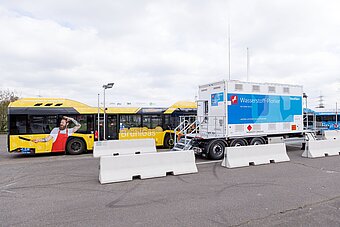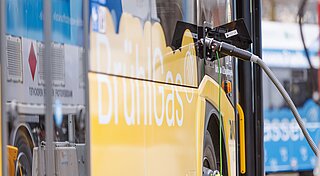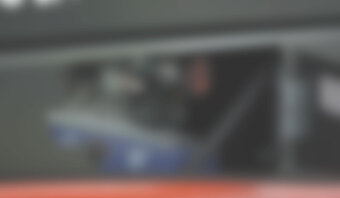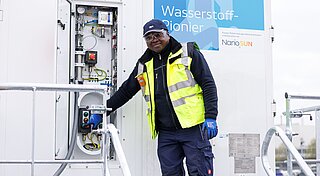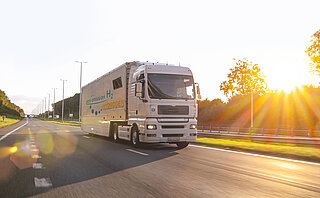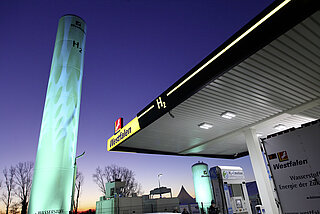The hydrogen filling station is equipped with an intelligent control system and operates completely autonomously except for a 230 V power connection. In addition, remote maintenance is possible at any time. In addition to the technically simple design as a pressure storage tank, the mobile solution does not require a compressor or other rotating parts and thus runs particularly reliably. When the filling station container is empty, it is simply exchanged for a full container or refilled.
The costs of the hydrogen filling station are only about a quarter of what operators of a stationary filling station have to invest.
If the fleet grows, the mobile filling station can be expanded. If it is replaced by a stationary public hydrogen filling station due to increasing demand, the capital remains usable: because the tank container can be repositioned at another location.

